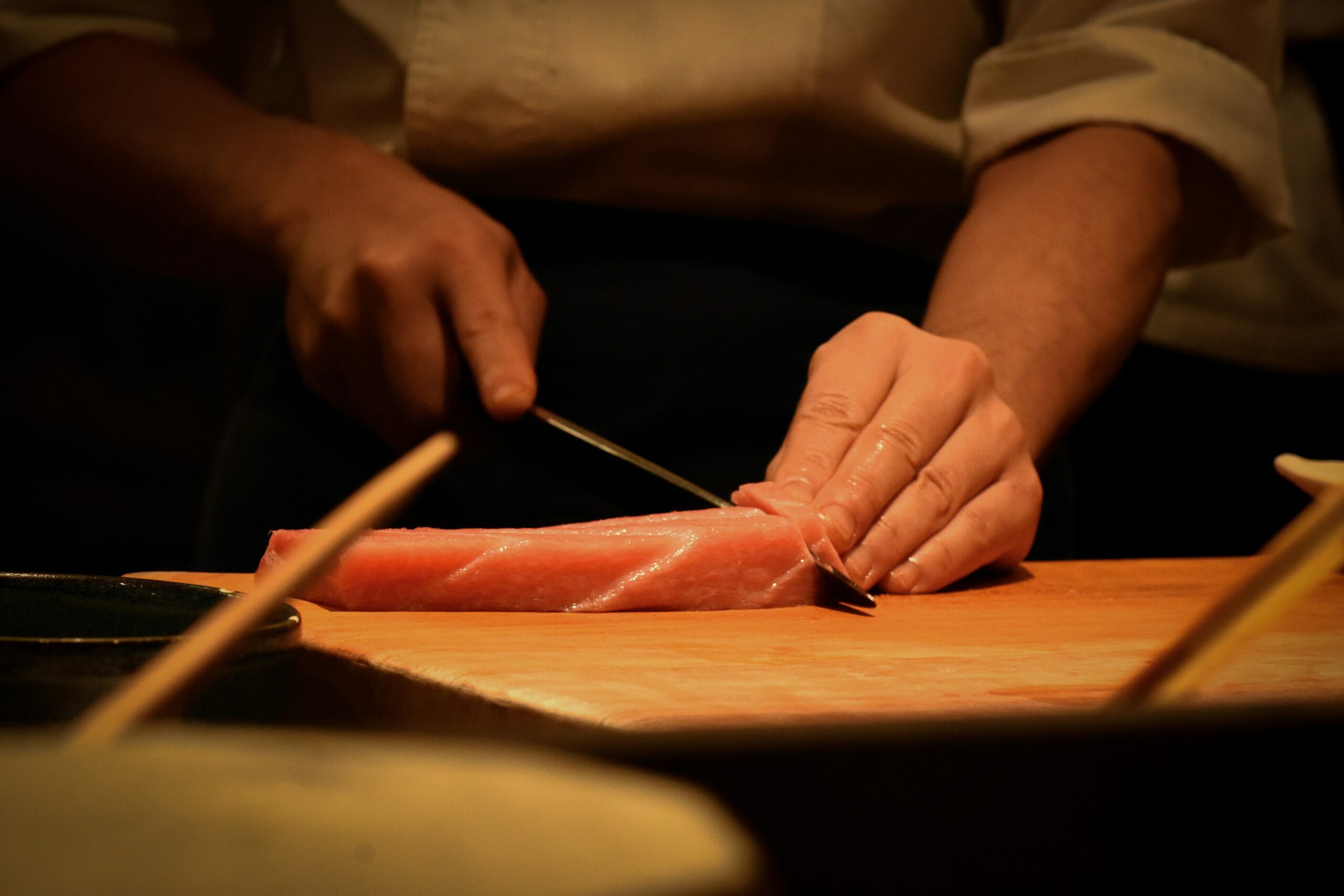Essential Etiquette and Tips for Overseas Visitors
For many travelers to Japan, enjoying authentic sushi is one of the highlights of the trip. The freshness of seasonal seafood, the refined skills of sushi chefs, and the quiet elegance of the setting all come together to create a uniquely Japanese experience.
But traditional sushi restaurants—especially high-end or family-run establishments—often follow unspoken customs that may be unfamiliar to international visitors. Knowing these rules not only ensures a smooth experience but also shows respect for the chef and the culture. Here’s what you need to know before you step into a true sushi restaurant in Japan.
Most Authentic Sushi Restaurants Require Reservations
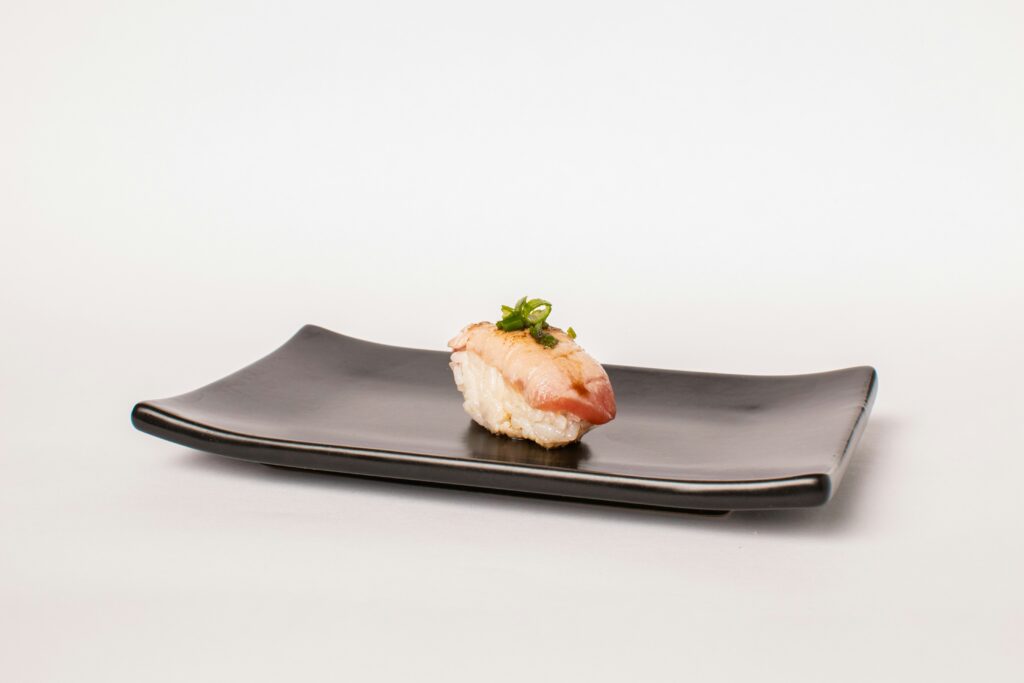
While more restaurants are offering online booking options these days, many renowned or long-established places still accept reservations only by phone. It’s best to plan ahead—especially for popular spots that may be fully booked weeks in advance.
Why this matters:
These restaurants purchase fresh fish daily based on the number of guests. Your reservation helps them prepare precisely for the day’s service.
Never Cancel Without Notice
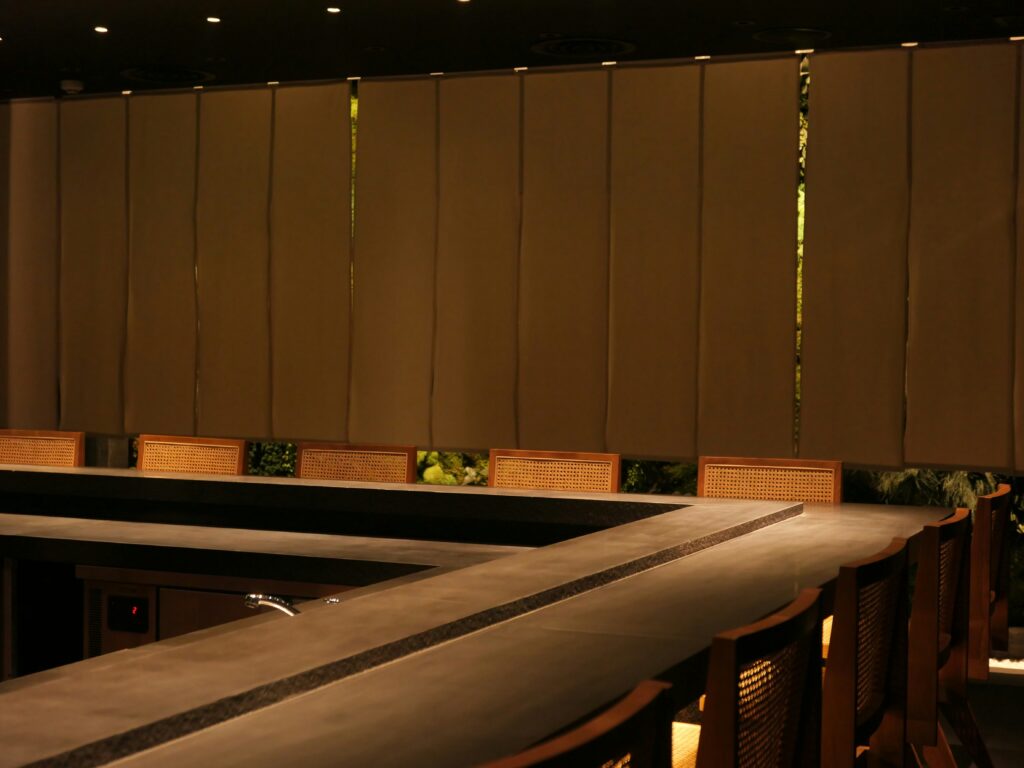
Many traditional sushi restaurants are small—often with only a handful of counter seats. Canceling without notice can seriously disrupt their operations. Chefs typically begin their day in the early morning, going to markets like Toyosu to source the best fish. Many rely on long-standing relationships with vendors to obtain rare and premium cuts not available to the general public.
What to do:
If you’re running late or need to cancel, be sure to call the restaurant as soon as possible. Even a short notice call shows respect and allows the chef to make adjustments.
Ask Before Taking Photos
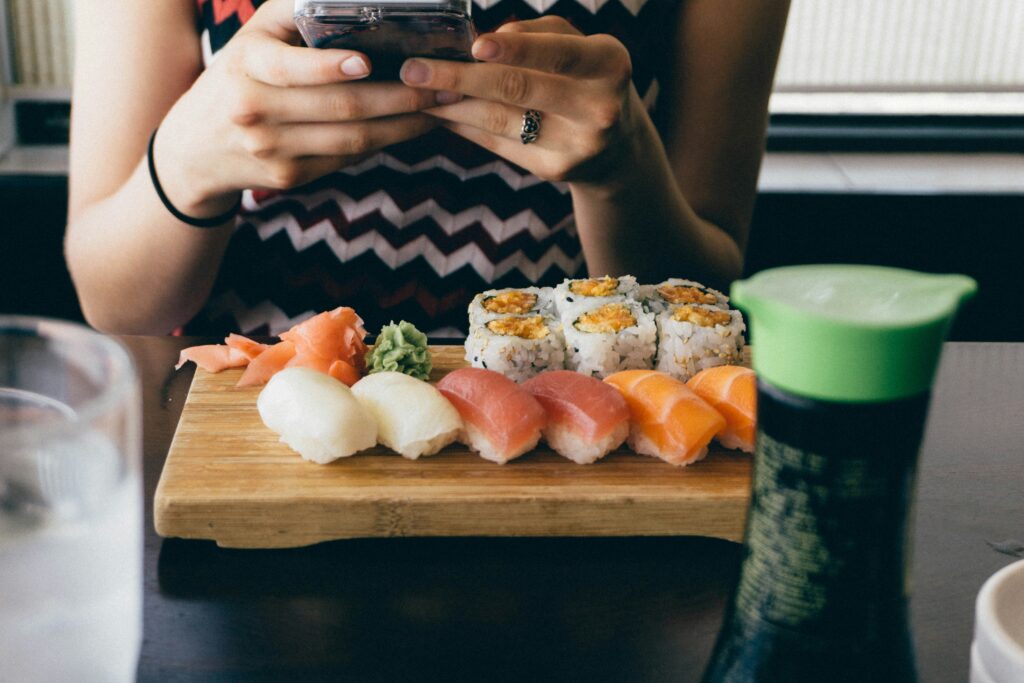
It’s tempting to photograph the beautifully crafted sushi, but always ask for permission before doing so. Some high-end restaurants have regulars who value privacy, and accidental appearances in social media posts can cause issues.
Be mindful:
Avoid capturing other guests in your photos, and refrain from using flash or loud shutter sounds. Simple courtesy goes a long way.
Check the Policy on Children
Some restaurants limit children’s attendance to weekends only, or require private room bookings for families with young kids. This is to maintain a calm environment where guests can focus on the flavors and experience.
Tip:
If you’re traveling with children, confirm the restaurant’s policy at the time of booking.
Avoid Wearing Strong Perfume

At high-end sushi establishments, fragrance can interfere with the delicate aroma of the food. Strong scents from perfume, hair products, or lotion can diminish the experience for both you and those around you—especially in close quarters at the counter.
Why it matters:
Sushi is not just about taste—it’s about aroma. The subtle scent of fresh tuna, briny shellfish, or aged kombu all contribute to the overall experience.
Many Restaurants Operate in Two Seating Rounds
Dinner service is often split into two seatings—such as 6:00–8:00 p.m. and 8:30–10:30 p.m. Being punctual for both arrival and departure is part of the etiquette.
Be on time:
Arrive a few minutes early if possible. This helps the restaurant stay on schedule and ensures a relaxed start to your meal.
Enjoy the Counter Experience
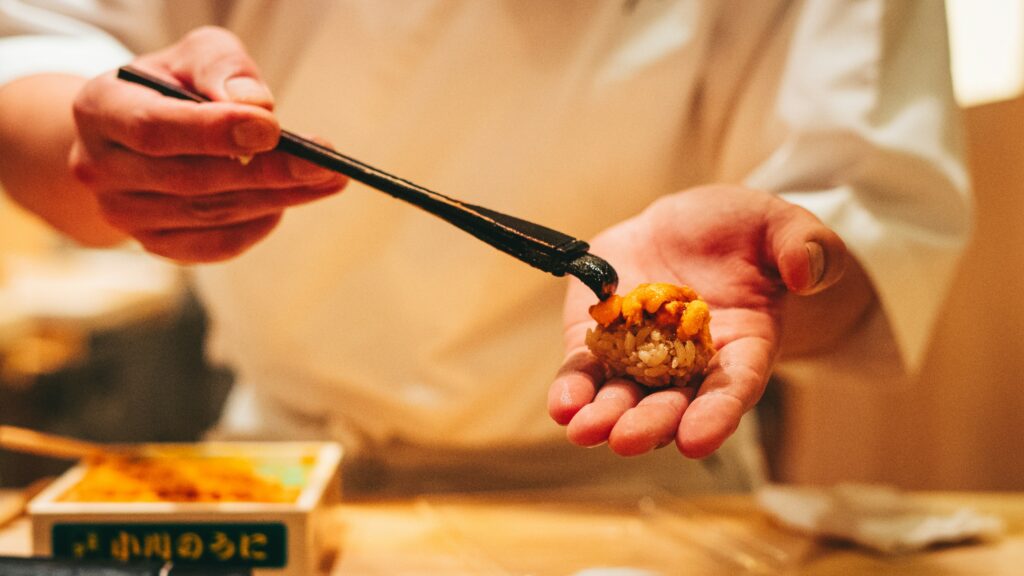
Sitting at the counter offers a rare chance to observe the chef’s craft up close. A bit of polite conversation—asking about the day’s best items or the fish’s origin—can enrich your experience. That said, some places prefer a quiet ambiance, so take cues from the setting and staff.
Learn Two Simple Phrases: Itadakimasu and Gochisousama
Before you eat, saying “Itadakimasu” expresses gratitude for the food. After your meal, “Gochisousama deshita” shows appreciation for the meal and the chef’s effort. These small phrases go a long way in showing respect and are always warmly received.
In Closing
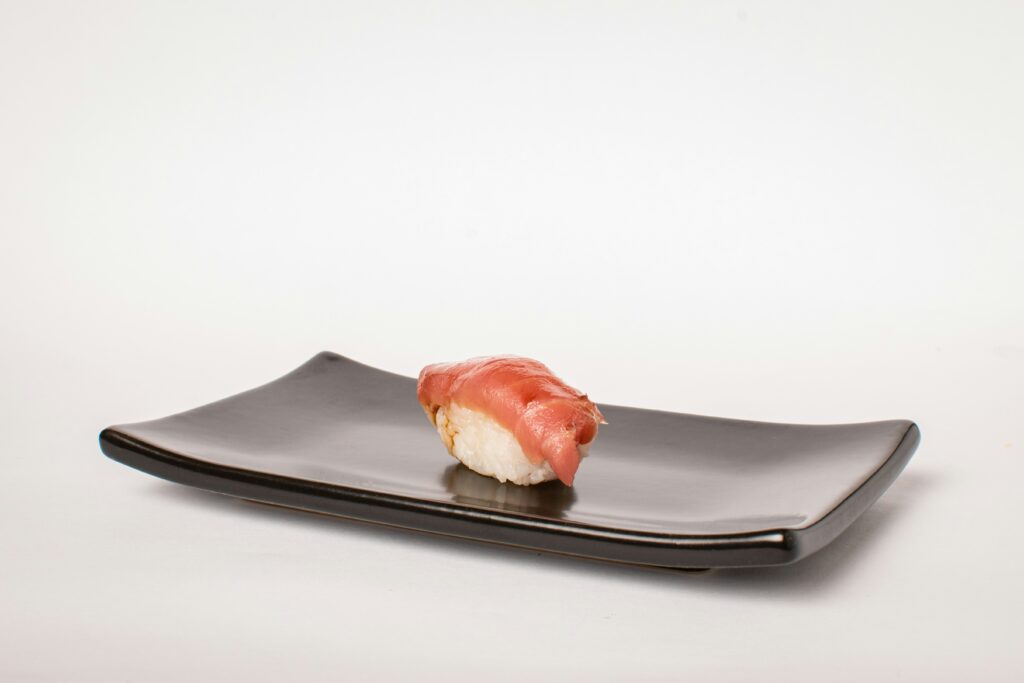
Sushi is more than just food—it’s a refined expression of Japanese culture. Every piece served reflects craftsmanship, seasonality, and care. By learning the proper etiquette and showing respect for the tradition, your sushi experience in Japan will be not only delicious, but deeply memorable.

